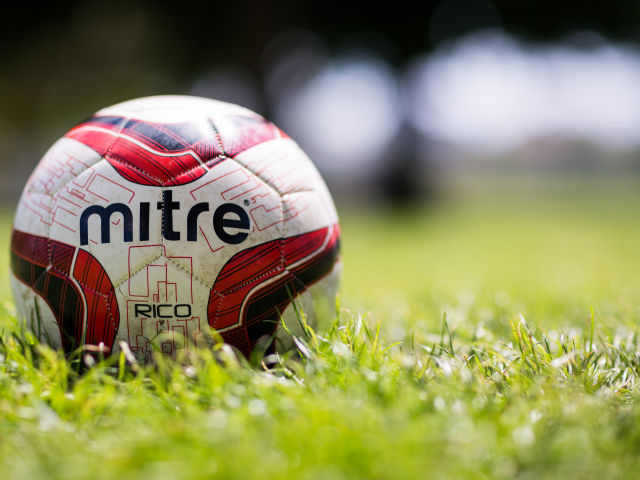In the dynamic world of football, tactics are the heartbeat of the game, constantly evolving to meet the demands of a fast-paced and strategic sport. From the classic 4-4-2 formation to the intricate and nuanced modern setups, the evolution of football tactics has been a fascinating journey.
Unveiling the Roots: The 4-4-2 Era
The 4-4-2 formation, with its traditional back four, four midfielders, and two strikers, dominated football for decades. It provided a balanced structure, emphasizing width and simplicity. Teams thrived on this formation, and it became synonymous with the golden age of football.
The Classic Duo: Strikers in Tandem
One of the defining features of the 4-4-2 was the partnership between two strikers. The classic big man-little man duo or two prolific goal scorers working in tandem created some of the most memorable moments in football history. Think Shearer and Sutton or Henry and Bergkamp.
Midfield Battleground
In the heart of the 4-4-2 was the battleground of the midfield. Two banks of four players provided solidity, with wingers stretching the play wide. This formation excelled in simplicity, relying on teamwork and individual brilliance.
Winds of Change: Emergence of 4-2-3-1
As football evolved, so did the need for more sophisticated tactics. The 4-2-3-1 formation emerged, introducing a double pivot in midfield and a central attacking midfielder supporting a lone striker. This shift brought a more balanced approach to both attack and defense.
The Rise of Holding Midfielders
With the 4-2-3-1, the role of holding midfielders became crucial. Players like Claude Makélélé and Sergio Busquets became the unsung heroes, breaking down opposition plays and dictating the tempo. This tactical shift laid the foundation for the modern game.
Creative Maestros in the Number 10 Role
The central attacking midfielder, often referred to as the ‘Number 10,’ became a focal point in the 4-2-3-1. Players like Zinedine Zidane and Mesut Özil showcased their creative brilliance, unlocking defenses and providing crucial assists.
The Modern Symphony: Fluid Formations and Tactical Versatility
In contemporary football, rigidity has given way to fluidity, and formations are no longer set in stone. Coaches now employ a variety of systems within a single match, adapting to different phases of play. This tactical versatility has added a new layer of complexity to the beautiful game.

Fluid Frontlines and Inverted Full-backs
Modern formations often feature fluid frontlines, with attacking players interchanging positions seamlessly. Inverted full-backs, once a rarity, are now common, adding an extra dimension to the team’s attacking prowess. This evolution demands players with diverse skill sets. To learn more about football, there are a ton of interesting articles at Franco Sudbury.
High Press and Defensive Compactness
Pressing has become a hallmark of modern tactics. Teams employ a high press to regain possession quickly, requiring players to be physically fit and tactically aware. Defensive compactness is equally crucial, with teams shifting seamlessly between different defensive shapes.
The Final Whistle: Embracing Football’s Tactical Evolution
Football’s tactical evolution mirrors the broader societal shifts – from tradition to innovation, from structure to flexibility. The journey from 4-4-2 to modern formations symbolizes the constant quest for excellence and the ever-changing nature of the beautiful game.

